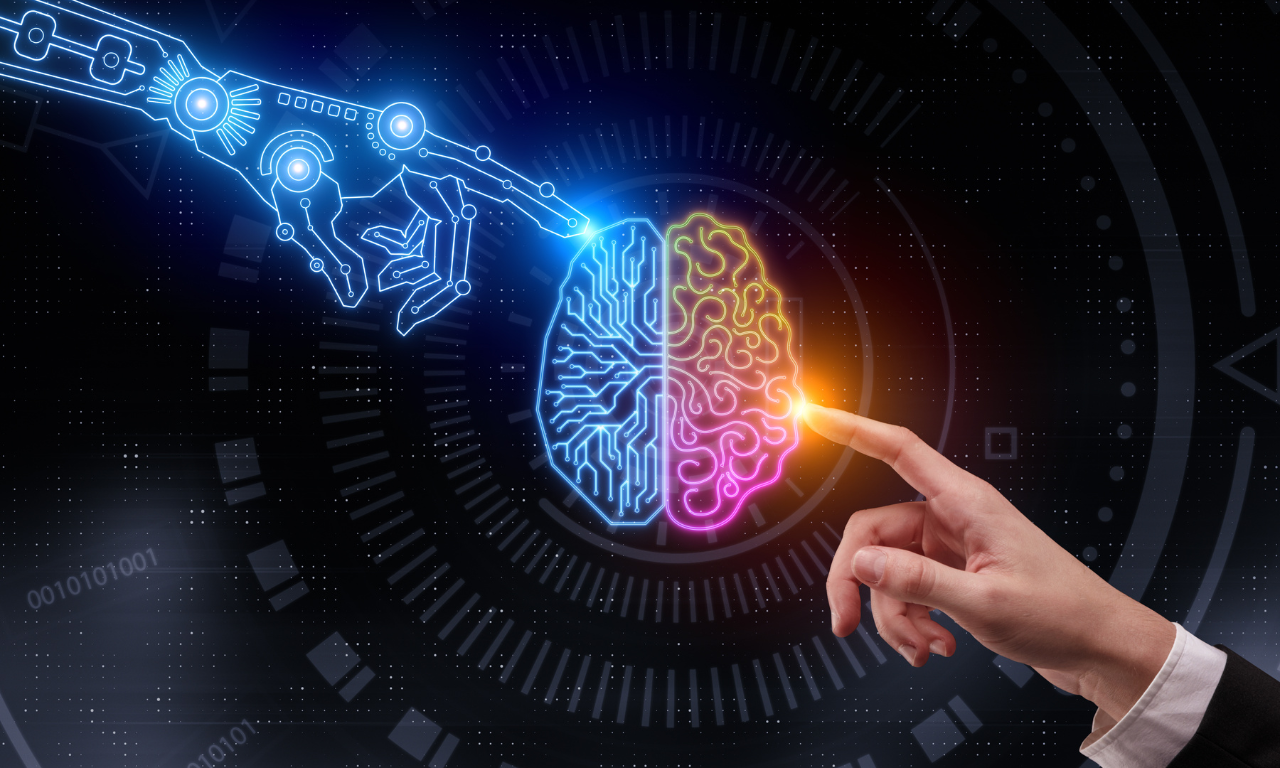Eliza Effect in Artificial Intelligence: History, Origin & Implications

Have you ever thought a chatbot understands what you’re saying just because it picks up on the words you use? This interesting psychological habit shows how quickly we can think a machine is smart, even when it's just responding to keywords.
In this blog, you’ll learn about the origins of this psychological phenomenon. You’ll also find out why it still happens in AI today and how to create systems that are open about what they can do while still offering valuable user experiences.
What is Eliza Effect?
The Eliza Effect refers to our tendency to see advanced reasoning and emotional understanding in AI systems, even when they’re only doing basic pattern matching. This cognitive bias becomes more relevant as AI systems become more conversational and appear intelligent.
History and Origin of the Term
The Eliza Effect emerged from Joseph Weizenbaum's groundbreaking 1966 computer programme called ELIZA. This programme simulated conversation using simple keyword recognition and response templates. The programme used basic pattern-matching rules to transform user statements into questions, creating an illusion of understanding without any actual comprehension.
People spoke to ELIZA like it really understood and cared, even though its technology was quite primitive.
Weizenbaum observed that people quickly became emotionally attached to the programme. This was just because it truly understood their feelings and problems. This surprising reaction showed anthropomorphism in AI. It is a human tendency to attribute human-like qualities to non-human things.
The term "Eliza Effect" refers to a specific cognitive bias. It happens when simple machine intelligence gives the false impression of deeper understanding and awareness.
Why the Eliza Effect Still Matters Today
Modern AI systems are far more advanced than the ELIZA programme, yet the psychological mechanisms behind the Eliza Effect remain the same.
Your brain naturally looks for patterns and purpose in conversations, which makes it easy to misinterpret AI responses as real understanding rather than programming. This bias impacts how you evaluate AI performance and decide on its best uses.
The bias in human-AI interaction becomes dangerous when it affects critical decisions in healthcare, finance, or safety. Users may place excessive trust in AI recommendations, as conversational interfaces create a false sense of competence and understanding.
If you're new to the concept of AI agents, here’s a primer on the types of agents in AI and their real-world roles.
Eliza Effect in Modern AI Tools
Today’s AI systems create even stronger Eliza Effect responses thanks to advanced language models that generate smooth, contextually appropriate text on a variety of topics.
Pattern-matching AI systems have improved to recognise complex language and give answers that seem like they really understand the topic. These skills make them appear much smarter than any chatbot.
AI seems more emotional when it uses kind words and notices how users feel in its replies. Today’s chatbots can sense feelings and change how they talk based on that. This makes users feel like the system really understands and cares about them.
Several factors amplify the Eliza Effect in contemporary AI:
-
Conversational interfaces that mimic human communication patterns
-
Personalised responses based on user data and interaction history
-
Integration with multiple data sources creates a comprehensive knowledge presentation
Top 3 Psychological and Ethical Implications of Eliza's Effect
Understanding the deeper consequences of the Eliza Effect helps you recognise potential risks and design better human-AI interactions.
1. Mistaking output fluency for true understanding
Misunderstanding with chatbots happens when users see fluent language as proof of true comprehension and reasoning. Modern AI systems offer grammatically correct, relevant responses, making it seem like they understand complex topics.
However, this linguistic ability hides the lack of real understanding or reasoning. The problem happens when we believe AI can solve problems or make good choices simply because it chats well.
2. Overtrusting systems with no real agency
Cognitive bias makes people think technology can make decisions with real intent, but it just follows programming. People often hand over responsibility to systems that can’t take accountability because of the Eliza Effect.
In situations needing human oversight or ethical thinking, users might rely on AI. This hands decision power to systems lacking the consciousness or moral sense needed for responsible choices.
3. Shifting responsibility from humans to machines
Seeing AI as human-like makes people pass responsibility from humans to machines. When you think AI is smart, you might trust its advice without checking or taking responsibility. This becomes a problem when important decisions affect people or businesses.
The Eliza Effect makes people think machines can make tough moral and practical decisions alone. Because of this, users stop thinking carefully and watching over decisions. This means humans take less part in choices needing ethics, context, and responsibility only people can give.
How to Design Around the Eliza Effect
Good AI design understands how people’s minds can be tricked. It adds features to keep users’ trust and expectations realistic.
1. Clear communication of system limitations
To explain AI clearly, systems must communicate what they can and cannot do in a language users understand. The interface should include clear info about capabilities, limits, and correct uses. Frequent reminders of boundaries help keep expectations realistic over time.
Communicating limitations effectively means more than legal disclaimers. It involves giving practical advice on when human oversight is needed. Systems should detect when they are out of their depth and suggest humans get involved. This approach maintains user trust whilst preventing overreliance that could lead to poor outcomes or inappropriate system usage.
2. User education through onboarding and prompts
Good onboarding should teach users how AI works, why it seems smart, and why people might misunderstand it. It should clearly explain the difference between sounding fluent and truly understanding. This helps users form a better idea of what AI can really do.
Contextual prompts remind users about system limits during important decisions. They should show up when users ask for advice on serious matters or when system confidence is low. Regular education keeps awareness of the Eliza Effect without reducing system use.
3. Interface cues that reveal system behaviour and logic
Design elements should make AI reasoning processes visible through indicators, source citations, and reasoning explanations. Visual cues can distinguish between different types of responses, such as factual retrieval versus generated opinions. These transparency features help users understand how systems arrive at their outputs.
Interface design should avoid elements that unnecessarily anthropomorphise AI systems, such as human avatars or overly casual language that suggests personality. A professional, simple design keeps users aware that AI is just a tool while still being easy to use.
Clearly, labelling AI responses helps people understand where the answers come from and how much trust to put in them.
Why Awareness of the Eliza Effect is Crucial
Organisations may adopt AI based on overestimating its abilities from impressive demos. This cognitive bias can cause AI to be used in the wrong places or without enough human supervision. Recognising these biases helps develop better AI strategies and practices.
Awareness pushes AI creators to be transparent and educate users well. Understanding how users think helps build systems that truly help without faking intelligence. This way, humans and AI build lasting trust, avoiding letdowns when limits are found.
For deeper strategic insights, check out how companies are building smarter systems by building AI agents with explainability and oversight in mind.
Conclusion
The Eliza Effect is a big challenge in today’s AI because smarter systems look more intelligent than they really are.
Knowing about this helps build better AI strategies, user training, and designs that are clear about what AI can do. The aim is not to stop AI from being interesting but to keep user expectations real for proper use.
At GrowthJockey, we offer end-to-end AI strategy consulting to help you navigate these complexities. As a startup accelerator and provider of enterprise AI solutions, we empower organisations to address both technical gaps and psychological factors in adoption. Our expertise in AI explainability and interaction bias ensures your systems drive real business outcomes while maintaining transparency and user trust.
Contact us now for expert advice on building transparent, effective AI.








